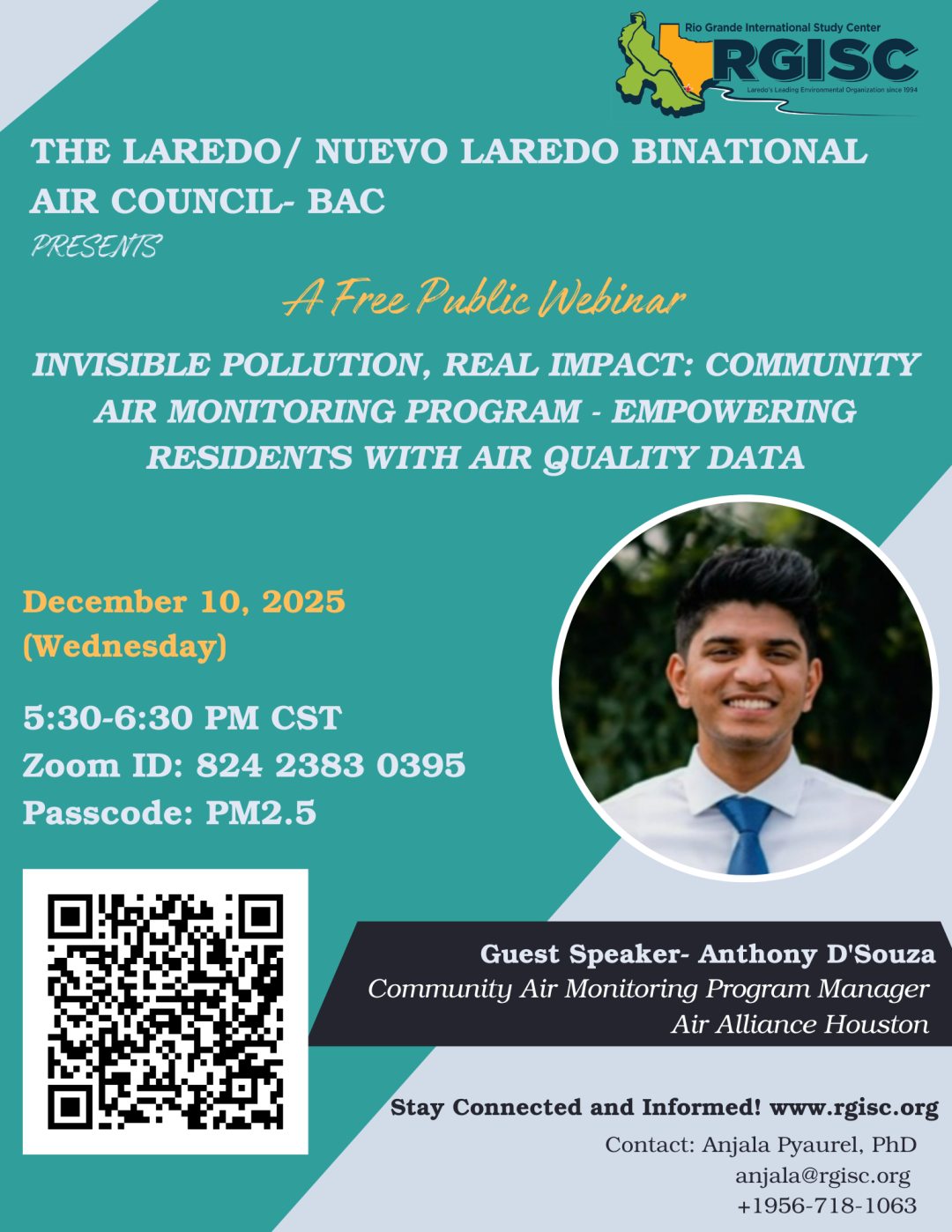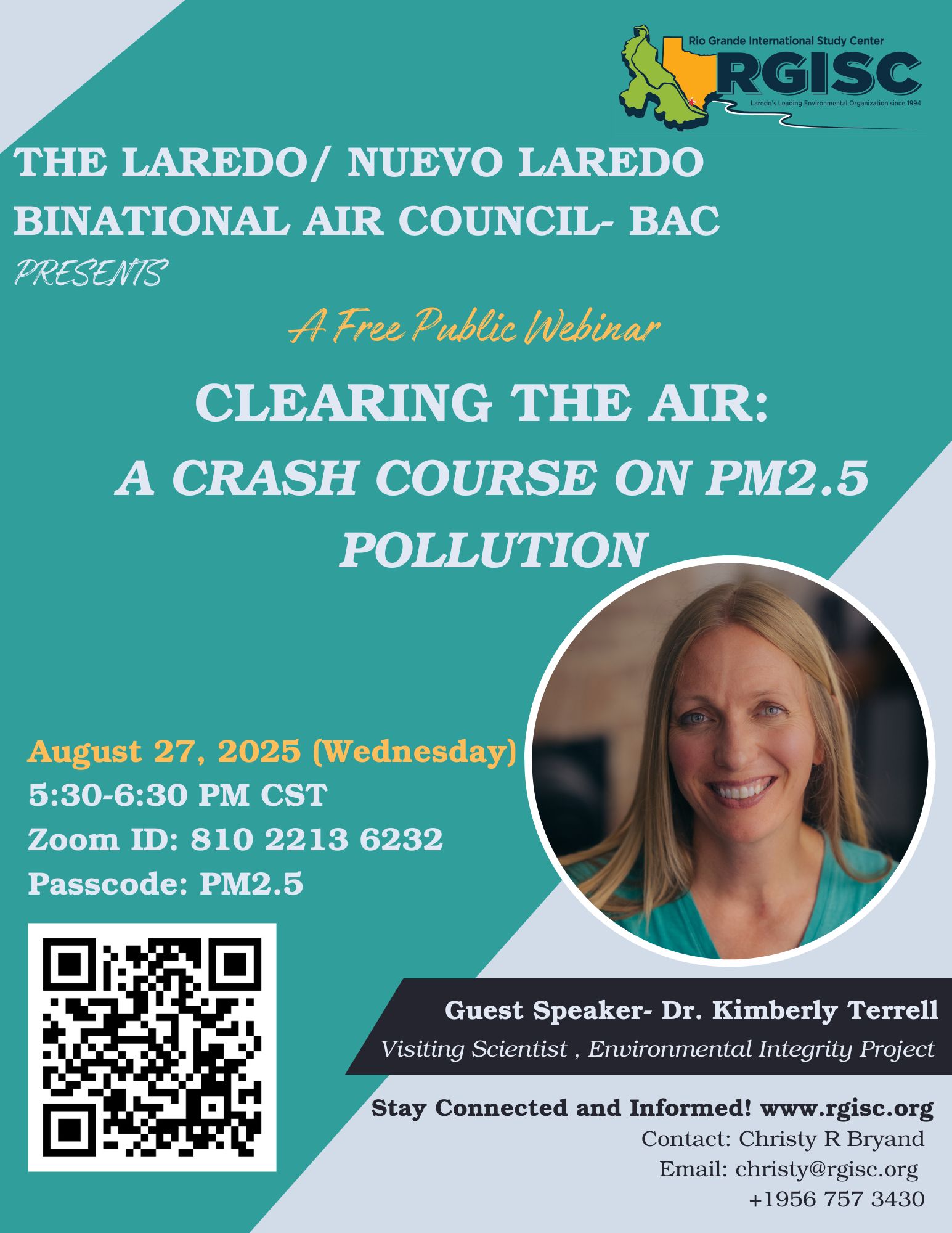What is particulate matter or PM₂.₅?
Particulate matter are tiny particles of air pollution that are characterized by their small size. PM₂.₅ refers to particulate matter particles that are 2.5 microns or smaller, which are 30x smaller than the diameter of a strand of hair. These tiny particles are breathed in and can lodge/penetrate deep within the lungs, causing adverse respiratory effects and other health issues.

Source: U.S. Environmental Protection Agency
What are likely sources of PM₂.₅?
Particulate matter are tiny particles of air pollution that are characterized by their small size. PM₂.₅ refers to particulate matter particles that are 2.5 microns or smaller, which are 30x smaller than the diameter of a strand of hair. These tiny particles are breathed in and can lodge/penetrate deep within the lungs, causing adverse respiratory effects and other health issues.
Who is most vulnerable to PM₂.₅?
PM₂.₅ can affect the body in different ways, depending on short-term (acute) exposure versus long-term (chronic) exposure. Short-term or acute durations of exposure can irritate the respiratory system, including the throat and lungs, as well as the eyes and nose. It can also cause coughing and shortness of breath. Long-term or chronic exposure can worsen asthma and increase the risk of heart attacks (including an increased likelihood of mortality from heart disease) and is also associated with increased rates of bronchitis and lung cancer.
PM₂.₅ also affects other organ systems, including the brain, immune system, and reproductive system. During pregnancy, PM₂.₅ exposure can cause reproductive effects like preterm labor, low birth weight, and miscarriages. It can also affect the developing fetus by causing harm during brain development, which has been linked to negative learning and behavioral problems like autism, ADHD, and learning disabilities.

Source: Asthma Australia
Who is most vulnerable to PM₂.₅?
People who live close to sources of PM₂.₅ are among those most vulnerable to the health effects caused by PM₂.₅ exposure. This group includes people living near highways or near industrial sources.
Infants and children, as well as pregnant individuals, are also vulnerable given the adverse effects on the reproductive system and brain development.
How can someone avoid exposure to PM₂.₅?
One way to minimize exposure is to reduce time outdoors on days when air pollution levels are high. Web sources, like
AirNow, provide daily reports of air quality across the country. It is recommended that groups with unique vulnerabilities, like those with asthma, children, and the elderly, limit strenuous physical activities outdoors when air quality is poor. Staying indoors with closed windows and air conditioning can reduce exposure to PM₂.₅. We recommend reducing indoor air pollution sources such as candles, wood-burning stoves, and smoke.
What is the regulatory standard for ambient (outdoor) PM₂.₅ levels?
In May 2024, the U.S. EPA adopted a stronger annual standard for PM₂.₅ from 12 micrograms per cubic meter (µg/m³) to 9 micrograms per cubic meter (µg/m³). The following diagram shows different levels of PM₂.₅ and who may be most affected at each level.

Source: IQAir
About Project & BAC in Los Dos Laredos
The Border 2025 Community Air Monitoring for Los Dos Laredos project creates a local air sensor network for Laredo and Nuevo Laredo to measure particulate matter levels in both cities (find out more about particulate matter below). The project also establishes a binational working group of residents from the local community, representatives from the public health sector, city officials, and other interested stakeholders.
The purpose of the project is to improve comprehension of the air quality in the region and to better understand how air pollution is distributed throughout Laredo and Nuevo Laredo and the extent of exposure for communities around the two ports in both countries.
The Border 2025/Frontera 2025 program is funded by the U.S. Environmental Protection Agency (EPA) and Secretaría de Medio Ambiente y Recursos Naturales (SEMARNAT) and administrated by the North American Development Bank (NADBank). Technical partners include University of Massachusetts at Amherst scientist, Dr. Richard Peltier and his lab, as well as various Earthjustice staff.
Binational Air Council Webinar Series
January 14, 2026 – Nuevo Laredo
February 11, 2026 – Laredo
March 11, 2026 – Nuevo Laredo
Invisible Pollution, Real Impact: Understanding Air Quaity in Our Neighborhoods
December 10, 2025

Invisible Pollution, Real Impact: Understanding Air Quaity in Our Neighborhoods
November 12, 2025

Clearing The Air: Health Impacts of PM 2.5 (Air Pollutant)
October 8, 2025

La Calidad del Aire en Nuevo Laredo y Hablando del Enemigo Invisible Que Respiramos: PM 2.5
September 18, 2025

Clearing the Air: A Crash Course on PM 2.5 Pollution
August 27, 2025

Binational Air Council Workshop
June 7, 2025 • Laredo, TX & Nuevo Laredo, TAMPS., México
On Saturday, June 7, RGISC hosted its first-ever Binational Air Council (BAC) Interactive Workshop, a free, bilingual event focused on air quality in the Laredo–Nuevo Laredo region.
Titled “Air Has No Borders and Neither Should Solutions,” the workshop was held in both cities and marked a key step toward cross-border environmental collaboration.
Participants engaged in hands-on activities like building DIY particulate catchers, explored real-time air quality data via a live dashboard, and took part in thoughtful discussions around personal, community, and government roles in improving air quality.
The event revealed surprising pollution patterns, identified local pollution sources, and helped make “invisible” pollution visible through interactive learning.
This initiative is part of the Border 2025/Frontera 2025 program, led by RGISC, to build environmental awareness and community capacity.
Special thanks to our partners:
EPA • SEMARNAT • NADBank • Earthjustice • University of Massachusetts Amherst • And the residents of Laredo & Nuevo Laredo who made this possible
On Saturday, June 7, RGISC hosted its first-ever Binational Air Council (BAC) Interactive Workshop, a free, bilingual event focused on air quality in the Laredo–Nuevo Laredo region.
We’re proud to share that the Laredo Morning Times covered the event in a feature article highlighting the workshop and preliminary findings from RGISC’s partnership with UMass Amherst.
Headline: Air pollution spreads beyond ‘hotspots,’ early findings from RGISC, UMass Amherst study show
Author: Jose De La Rosa, Laredo Morning Times
Early findings from RGISC and UMass Amherst’s binational air monitoring project show that PM2.5 pollution in Laredo and Nuevo Laredo spreads beyond known hotspots and persists across both cities, suggesting more widespread and prolonged air quality concerns. The article underscores how air pollution affects communities beyond known high-traffic areas and emphasizes the importance of public engagement and accessible data.
READ THE FULL ARTICLEStay tuned for upcoming webinars- hosted every other month-as we continue building binational solutions for cleaner, healthier air in Los Dos Laredos.



















